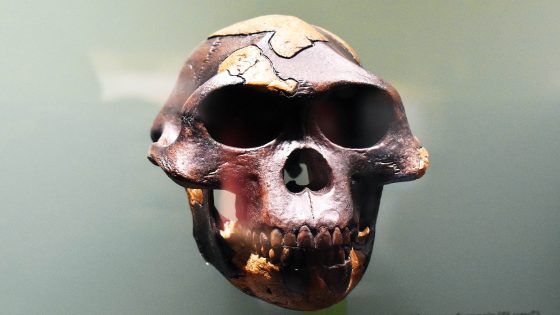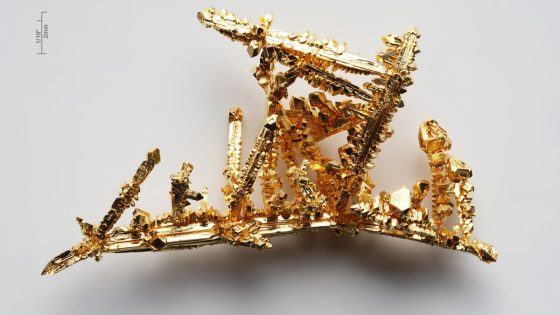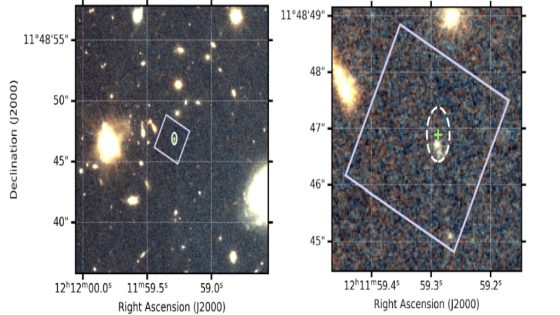The story of human evolution is a complex tapestry rather than a simple ladder. Recent fossil discoveries in Ethiopia, dated around 2025-08-19 16:19:00, challenge long-held beliefs about our origins. These findings suggest that multiple hominin species coexisted, painting a richer picture of our evolutionary past.
- Human evolution is not a linear progression.
- Fossils in Ethiopia reveal complex evolutionary history.
- Multiple hominin species coexisted in Africa.
- Ledi-Geraru site provides crucial geological context.
- Tooth enamel analysis suggests new species.
- More discoveries needed for deeper understanding.
Research led by UNLV anthropologist Brian Villmoare reveals that early hominins thrived alongside previously unknown species in Africa between 2.6 and 2.8 million years ago. This challenges the traditional view of a linear progression from ape to human, instead supporting a branching tree of evolution.
This new evidence raises intriguing questions about our evolutionary narrative. How did these species interact? Did they compete for resources or coexist peacefully? Understanding these dynamics could reshape our view of early human life.
- Fossils show at least four hominin lineages in eastern Africa.
- New species discovered at the Ledi-Geraru site, distinct from known forms.
- Geological context aids in precise dating of fossils.
As scientists continue to explore these ancient landscapes, each new discovery could offer deeper insights into how our ancestors adapted and thrived in diverse environments.
































